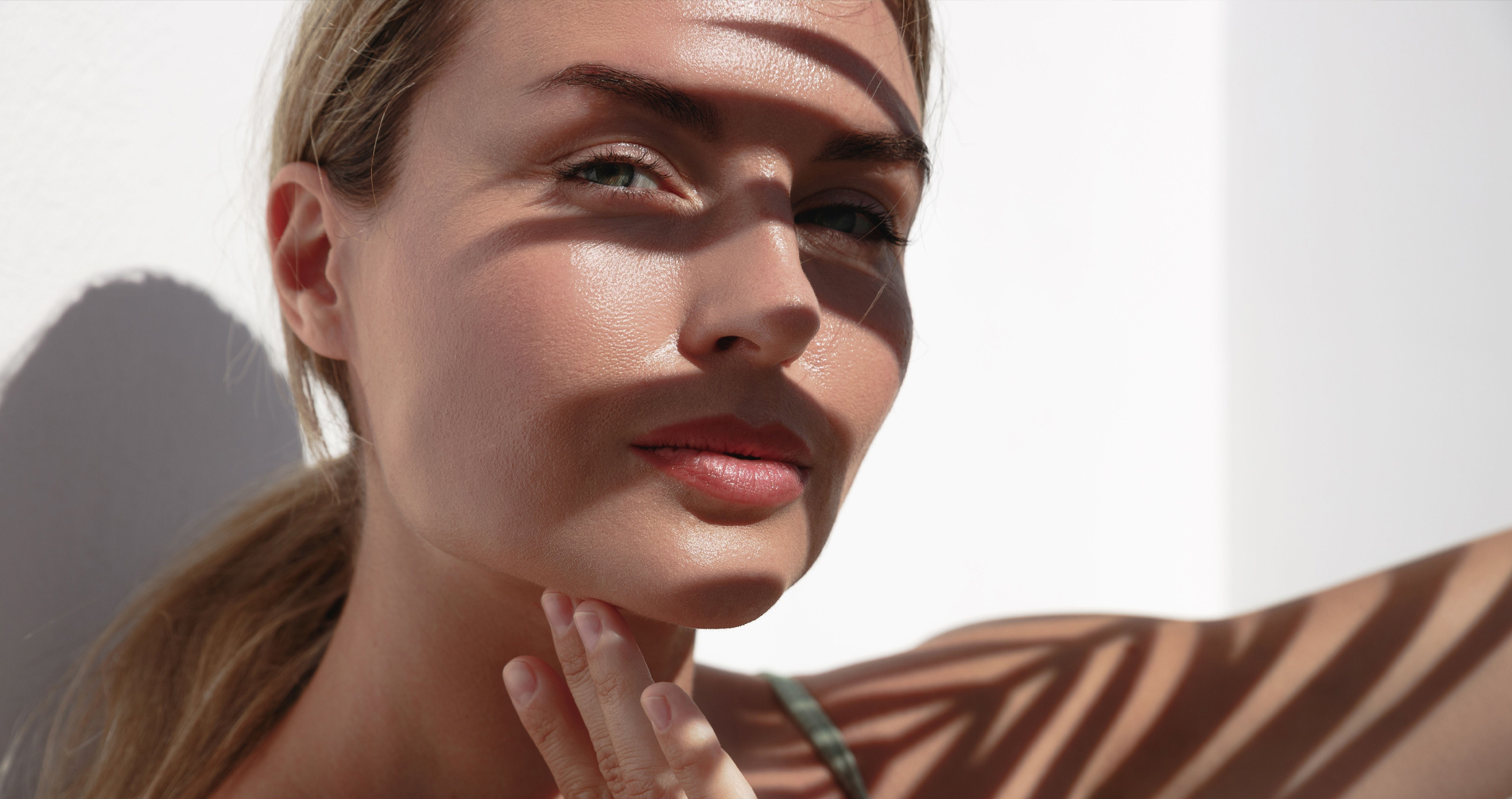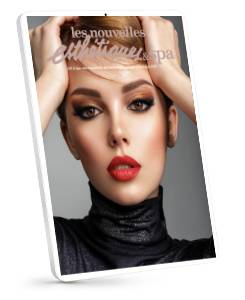
Why Sensitivity is on the Rise
By Samantha Garcia
In today’s fast-paced, overstimulated world, estheticians are witnessing a sharp rise in clients presenting with sensitive or reactive skin. From redness and inflammation to stinging, flaking, and barrier dysfunction, these symptoms are no longer isolated cases—they’re becoming a widespread concern. For many skin professionals, “sensitive skin” has gone from being a niche issue to a daily challenge in the treatment room. But what’s driving this epidemic of sensitivity, and more importantly, how can estheticians stay ahead of it?
Modern Stressors, Modern Skin
Chronic stress, environmental toxins, lack of sleep, processed diets, and the relentless scroll of skincare misinformation are wreaking havoc on the skin. Add to that the overuse of actives like retinoids, exfoliating acids, and benzoyl peroxide—often applied without proper education—and it’s no wonder the skin barrier is crying out for help.
“Clients are layering product after product, trying to mimic trends they see online, without understanding the long-term effects,” says licensed esthetician and acne specialist Vanessa G. “I see more and more compromised barriers due to DIY skincare, over-exfoliation, and mixing too many actives without support.”
Sensitized vs. Sensitive Skin
It’s important to distinguish between truly sensitive skin, which is often genetic and tied to conditions like eczema or rosacea, and sensitized skin, which is a reactive state caused by internal or external triggers. Sensitized skin is more common and often preventable with the right care and education. This distinction is key for estheticians when creating personalized treatment plans.
Common Triggers Behind the Sensitivity Surge:
- Harsh exfoliants – both physical scrubs and overuse of AHAs/BHAs
- Fragranced skincare – especially synthetic fragrances or potent essential oils
- Overcleansing or high pH cleansers – stripping the skin of its natural oils
- Sun exposure – without consistent and proper SPF protection
- Inflammation from within – poor diet, hormonal imbalances, and unmanaged stress
The Esthetician’s Role in Repair and Rebalance
Now more than ever, clients are looking to estheticians for healing—not just results. That means shifting from harsh corrective treatments to calming, nourishing protocols that prioritize the skin barrier.
Simplifying a client’s at-home routine is often the first step. This may include removing exfoliating acids, replacing multiple steps with barrier-building essentials, and introducing supportive ingredients designed to heal.
Hero Ingredients for Sensitive Skin:
- Panthenol (Pro-Vitamin B5): Deeply hydrates and supports tissue repair
- Centella Asiatica: A botanical powerhouse that calms inflammation and boosts healing
- Ceramides: Crucial for rebuilding the lipid barrier and preventing moisture loss
- Colloidal Oatmeal or Oat Extract: Soothes itching, calms redness, and reduces irritation
- Allantoin: Gentle enough for even the most reactive skin and promotes smoothness
In the treatment room, consider adding LED light therapy (especially red light), lymphatic drainage, cool compresses, and custom masks infused with healing botanicals. Avoid intense modalities like microdermabrasion, strong peels, or high-strength enzymes unless the skin is fully restored.
Reframing the Conversation Around Sensitivity
Estheticians are not only skincare providers—they’re educators, advocates, and emotional support systems. Talking with clients about why their skin is reacting, rather than just how to fix it, builds trust and long-term loyalty. Use your expertise to create a safe space for skin recovery and to guide clients away from fear-based skincare decisions.
Compassion is the New Correction
As sensitivity becomes more common, the need for a barrier-first approach is essential. By staying informed, choosing supportive products and treatments, and educating clients on gentle, sustainable routines, estheticians can play a critical role in reversing the sensitivity epidemic.
Because at the end of the day, healthy skin isn’t about doing more—it’s about doing what’s right.












